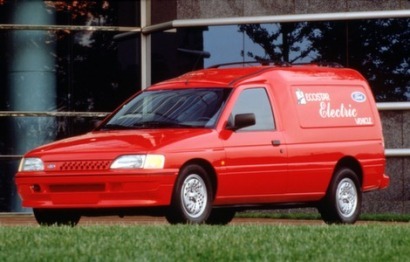
The report by Clean Energy Ministerial’s Electric Vehicles Initiative (EVI) reveals that the benefits of widespread EV deployment in India are greater than expected when real world driving conditions are taken into account.
The analysis was conducted by the US Department of Energy’s Lawrence Berkeley National Laboratory (LBNL) and supported by EVI. It is helping to inform the Government of India’s National Mission on Electric Mobility which has set deployment targets of 5 to 7 million hybrid and electric vehicles in the country by 2020. The report demonstrated that real-world driving conditions amplify the benefits of EVs in India due to the superior ability of electric powertrains to maintain high efficiency in highly transient operation. The country could potentially save 4.8 million barrels of oil and 270 million tons of carbon dioxide emissions by 2030 if the passenger car EV adoption rates necessitated by the government targets continue into the decade beyond 2020.
“Electric vehicles are one of the most promising technology pathways to reducing greenhouse gas emissions and oil consumption around the world” said lead researcher Anand Gopal of LBNL. “As vehicle ownership in India is set to rise substantially, this new study underscores the important opportunity that exists to diversify India’s transportation fuel mix and reduce CO2 emissions.”
The research also found that EVs could be manufactured for the Indian market at lower costs due to the much lower range requirements for urban car users. For example, an EV with a 100-kilometer range is sufficient for more than 99 percent of journeys made in the country. When factoring in fuel cost savings from switching to electricity, 100 km EVs could become cheaper than conventional vehicles on a life cycle cost basis prior to 2030.
For additional information:

